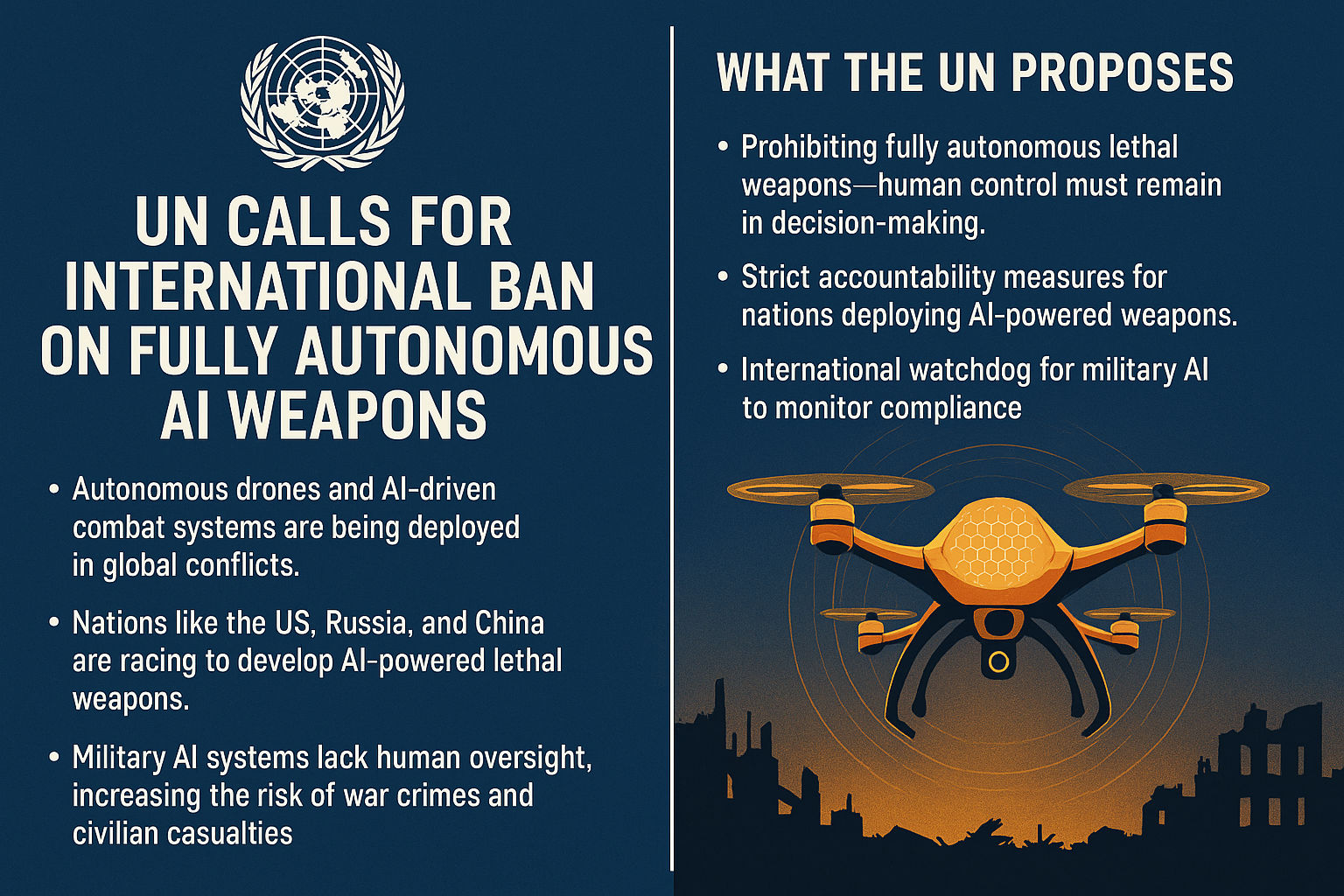The Doctrine of Hot Pursuit
📘 The Doctrine of Hot Pursuit
🔹 Introduction:
The Doctrine of Hot Pursuit is a principle in international maritime law that allows a coastal state to pursue and arrest a foreign ship that has violated its laws within its waters, even if the ship flees into international waters.
This principle is primarily used to prevent illegal activities such as smuggling, illegal fishing, piracy, or pollution.
🔹 Legal Basis:
The doctrine is codified in Article 111 of the United Nations Convention on the Law of the Sea (UNCLOS), 1982.
🔹 Key Conditions Under UNCLOS (Article 111):
For a hot pursuit to be legal under international law, the following conditions must be met:
Commencement in Internal Waters, Territorial Sea, or Contiguous Zone:
The pursuit must begin while the foreign ship is within the internal waters, territorial sea, or contiguous zone of the pursuing state.
Continuous Pursuit:
The pursuit must be uninterrupted and continuous from the moment of the violation.
If contact is lost, the right to pursue is lost.
Visual or Radar Contact:
The pursuing vessel must maintain visual or radar contact with the ship being pursued.
Jurisdictional Violation:
The ship being pursued must have violated the laws and regulations of the coastal state.
Limits of Hot Pursuit:
The pursuit may continue into the high seas, but not into the territorial waters of another state.
Once the ship enters another state’s territorial sea, hot pursuit must end.
🔹 Purpose:
To prevent foreign ships from escaping legal enforcement by fleeing into high seas.
Protects the sovereign rights of coastal states over their maritime zones.
Helps in enforcing international obligations related to customs, immigration, fisheries, pollution, etc.
🔹 Illustrative Example:
If a foreign vessel is found illegally fishing in India’s Exclusive Economic Zone (EEZ) and tries to escape, the Indian Coast Guard can pursue the vessel beyond the EEZ into international waters — provided the pursuit started when the vessel was in India’s jurisdictional waters and it remains continuous.
🔹 Important Case Law:
🔹 1. The I’m Alone Case (U.S. v. Canada, 1935)
A Canadian ship, I'm Alone, suspected of smuggling alcohol into the U.S., was pursued and sunk in international waters by U.S. authorities.
The arbitral tribunal held that U.S. exceeded its rights, as hot pursuit rules were not followed properly.
Significance: Reinforced that hot pursuit must be started in jurisdictional waters and be continuous.
🔹 2. The Red Crusader Case (UK v. Denmark, 1962)
Danish authorities pursued a British trawler for violating fisheries laws. The tribunal ruled use of force must be reasonable and proportional, and hot pursuit must comply strictly with legal rules.
🔹 Types of Waters Relevant:
| Maritime Zone | Hot Pursuit Allowed? |
|---|---|
| Internal Waters | ✅ Yes |
| Territorial Sea (12 NM) | ✅ Yes |
| Contiguous Zone (24 NM) | ✅ Yes |
| Exclusive Economic Zone (200 NM) | ✅ Yes (for economic violations) |
| High Seas | ✅ Yes (if pursuit started lawfully) |
| Territorial Waters of Another State | ❌ No |
🔹 Limitations:
Must not violate the sovereignty of another state.
Cannot be used as a pretext for arbitrary arrests.
Use of force during pursuit must be proportionate and in line with international human rights.
🔹 Summary:
| Feature | Explanation |
|---|---|
| Legal Source | Article 111, UNCLOS |
| Applies to | Maritime violations (e.g., illegal fishing, smuggling) |
| Starts Where? | Territorial sea, internal waters, or contiguous zone |
| Can Continue Into | High seas (not foreign territorial waters) |
| Must Be | Continuous and based on visual/radar contact |
| Ends When | Ship enters another state's territorial sea |
🔚 Conclusion:
The Doctrine of Hot Pursuit balances the sovereign rights of coastal states with the freedom of navigation on the high seas. When properly applied, it serves as a vital tool for enforcement against illegal maritime activities while maintaining respect for international legal norms. Do write to us if you need any further assistance.


























0 comments